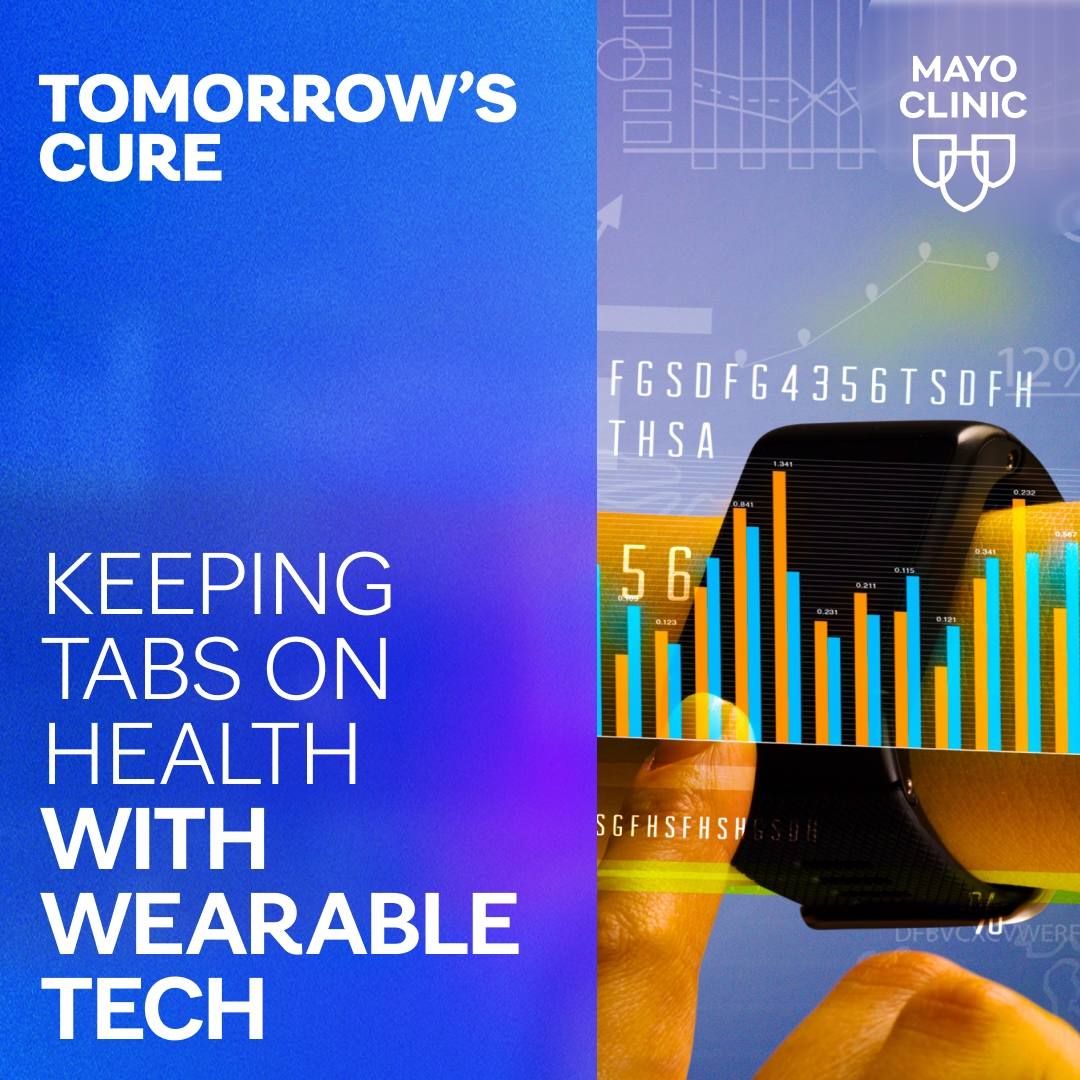Journalists: Broadcast-quality video pkg (0:59) is in the downloads. Read the script.
Opioid painkiller addiction can destroy lives. The Centers for Disease Control and Prevention reports that in 2014, 2 million Americans abused or were dependent on painkillers, such as hydrocodone, oxycodone and methadone.
“The most important first step is recognizing you have a problem,” says Dr. Hooten. He says the second step is to talk to the health care provider who prescribed the medication.
“The medication, under medical direction, can be gradually tapered, and, then, at the same time, other pain therapies can be introduced, if needed. And, finally, you need to be referred to the appropriate addiction specialist.”
Dr. Hooten says breaking free from opioids is not easy. But, unlike alcohol withdrawal, which can be life-threatening, “Acute opioid withdrawal is a nonlethal syndrome. It’s very, very uncomfortable but not necessarily associated with death.”
Every day, 78 people die from an opioid overdose. Experts urge addicts to get help.







